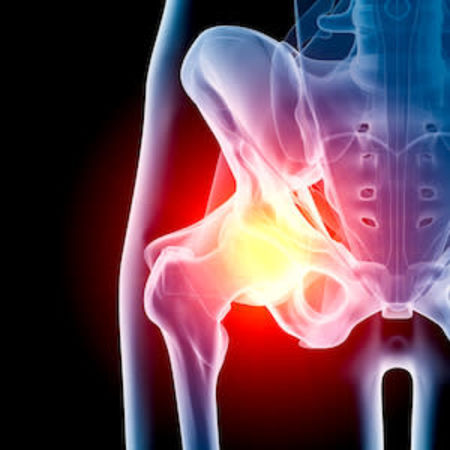A new study published in the journal Radiology describes the feasibility of using a deep learning model to accurately assess radiographic features of hip osteoarthritis.
The AI model's performance even rivalled the accuracy of trained radiologists, according to researchers.
You might also like: White Paper Reveals What Radiologists Really Feel About AI
Claudio E. von Schacky, with the University of California San Francisco, and colleagues developed their algorithm using the multitask learning approach specifically to help imaging experts evaluate the numerous individual features of osteoarthritis on radiographs.
Such evaluation tasks, aside from being "time consuming", often require a high level of expertise, the researchers pointed out.
In addition, Schacky et al. said that AI may be helpful to inexperienced readers who often are unable to reliably reproduce accurate assessments.
In this study, the multitask deep learning model was trained on 15,364 hip joints and five features of hip osteoarthritis per radiograph. Two musculoskeletal radiologists read all radiographs, grading them for femoral osteophytes, acetabular osteophytes, joint-space narrowing, subchondral sclerosis and subchondral cysts.
The study's 4,368 participants were divided into an 80% training group (n = 3,494), 10% validation cohort (n = 437) and 10% for testing (n = 437). Results showed the deep learning model was able to evaluate the five individual features with similar accuracy as that of the radiologists, although the researchers noted that accuracy did vary according to each feature.
For example, the algorithm recorded 97% accuracy in assessing subchondral cyst, compared to 76% for acetabular osteophytes.
“Overall, these findings indicated that some osteoarthritis imaging features are likely more challenging to evaluate for both deep learning models and radiologists,” the researchers explained. “However, the lower performance of the deep learning model could potentially be related to less reliable radiology readings for specific features because these served as ground truth.”
These findings, however, need to be validated by more studies. Nonetheless, Schacky's team believes their multitask deep learning model can be particularly useful in large epidemiologic studies wherein detailed structural assessment of osteoarthritis still relies on expert radiologists’ readings.
Source: Health Imaging
Image credit: iStock
Reference: von Schacky CE et al. (2020) Development and Validation of a Multitask Deep Learning Model for Severity Grading of Hip Osteoarthritis Features on Radiographs. Radiology; Published Online: 4 February. https://doi.org/10.1148/radiol.2020190925



























